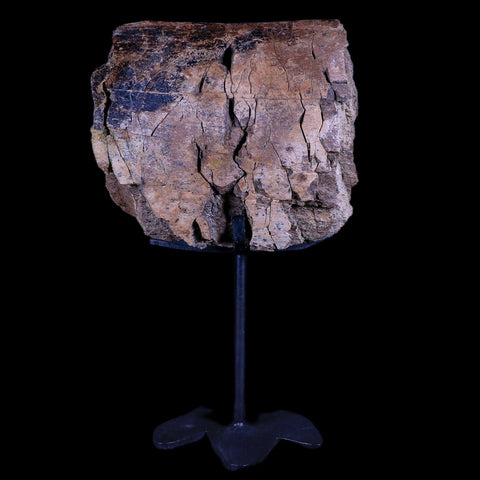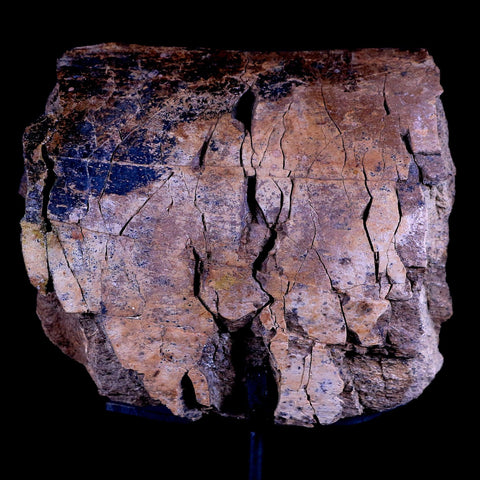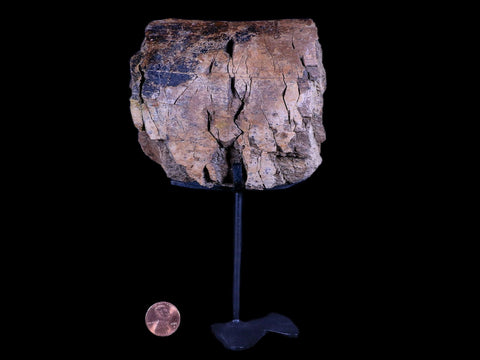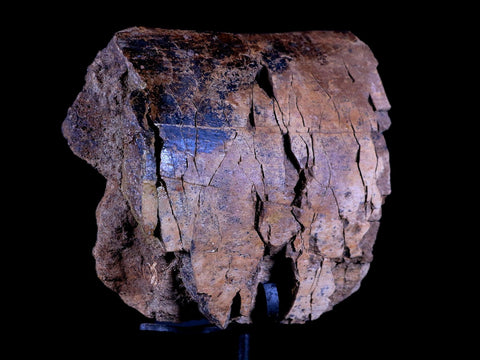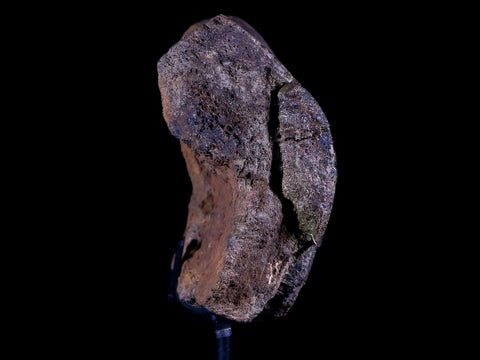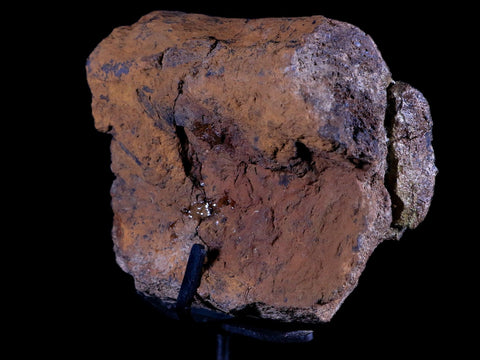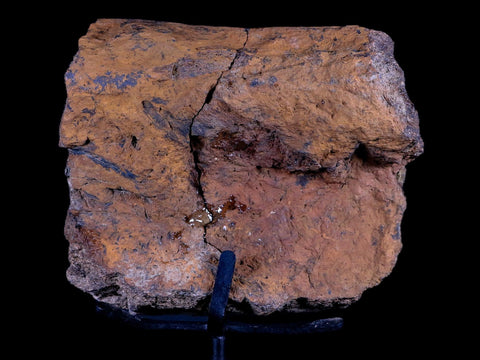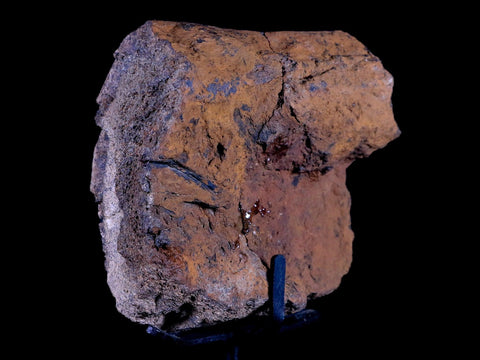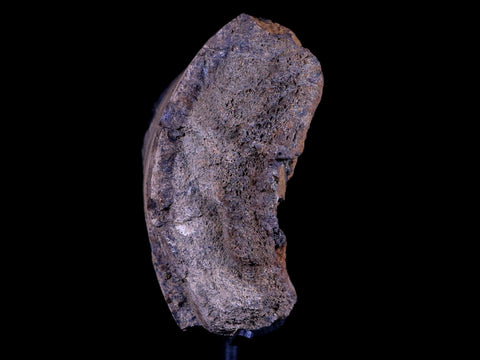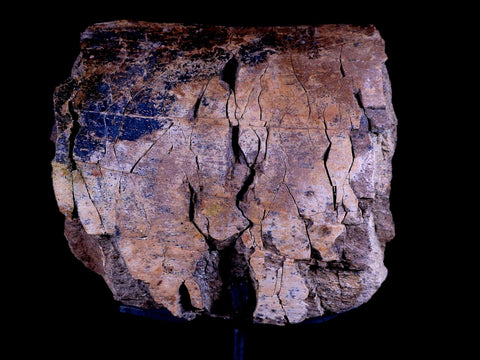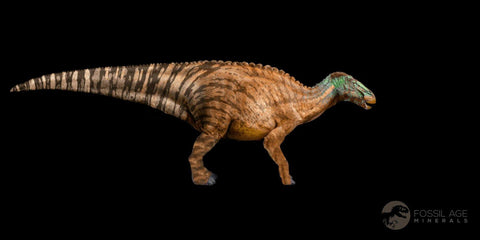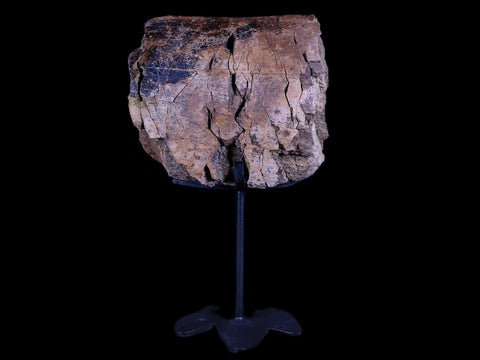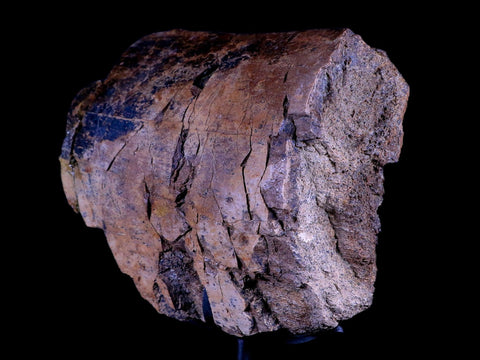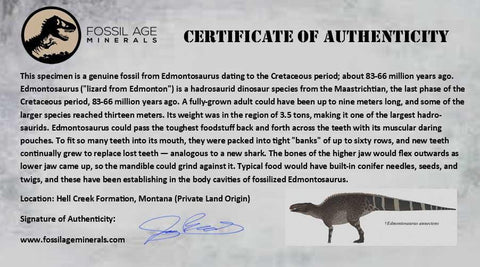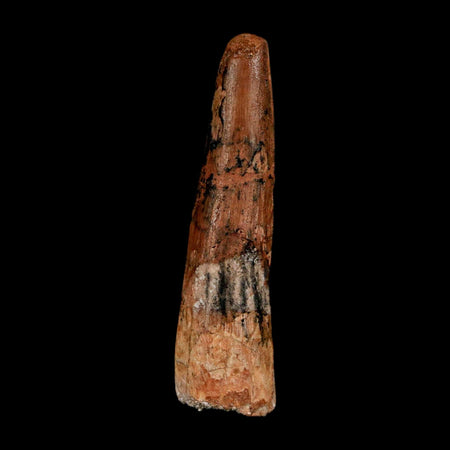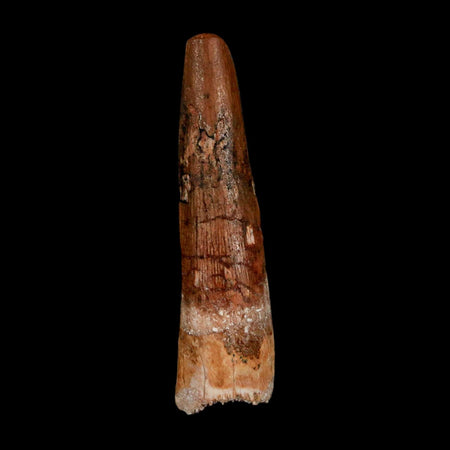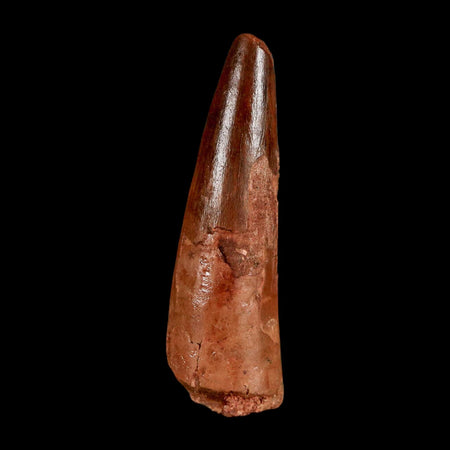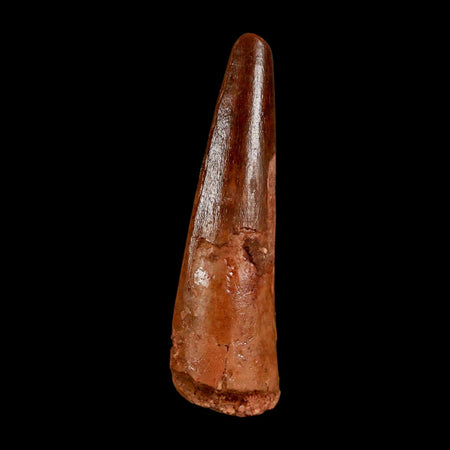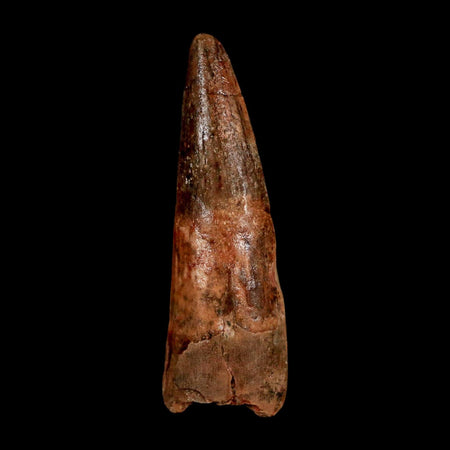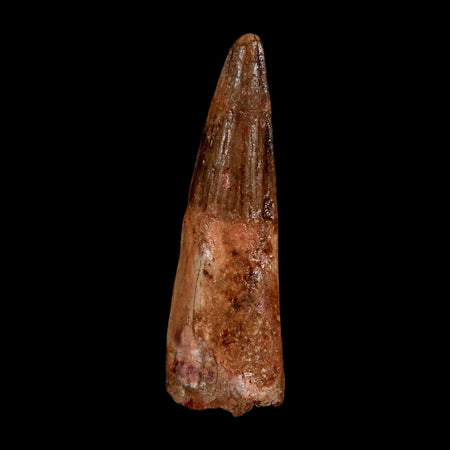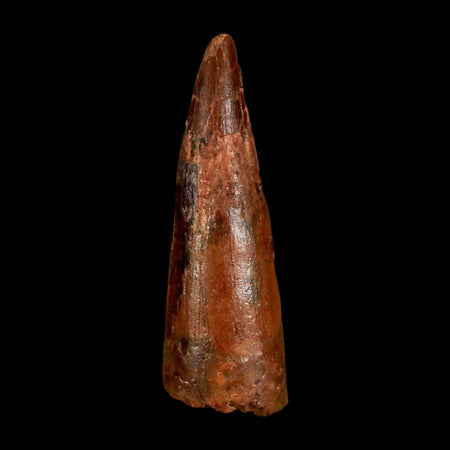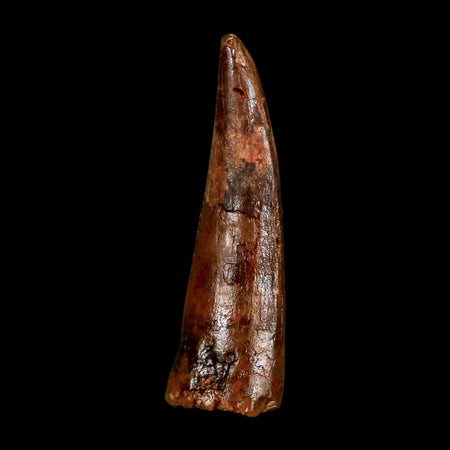4.1" Edmontosaurus Dinosaur Fossil Bone Hell Creek Montana COA Metal Stand
Location: Hell Creek Formation, Montana (Private Land Origin)
Weight: 1 Pound 4.8 Ounces (With Stand)
Dimensions: 7.5 Inches Tall, 3.5 Inches Wide, 3 Inches Thick (With Stand)
Fossil Dimensions: 4.1 Inches Long, 3.5 Inches Wide,1.5 Inches Thick
Comes with a Certificate of Authenticity.
Comes with a Free Custom Metal Stand.
The item pictured is the one you will receive.
This is a genuine fossil.
Edmontosaurus, known as the "lizard from Edmonton," is an impressive hadrosaurid dinosaur from the Maastrichtian stage, the final chapter of the Cretaceous period, dating 71 to 65 million years ago. Adults could grow up to nine meters long, with some even reaching thirteen meters. Weighing around 3.5 tonnes, this dinosaur stands out as one of the largest hadrosaurids, making its fossils a remarkable addition to any collection.
Edmontosaurus could pass the toughest foodstuffs back and forth across the teeth with its muscular, daring pouches.
To fit so many teeth into its mouth, they were packed into tight "banks" of up to sixty rows, and new teeth continually grew to replace lost teeth — analogous to a new shark. The bones of the higher jaw would flex outwards as the lower jaw came up, so the mandible could grind against it. Typical food would have built-in conifer needles, seeds, and twigs, and these have been established in the body cavities of fossilized Edmontosaurus. It was evidently a tree-browser.
The 1908 Wyoming find is extraordinary, as paleontologists unearthed fossilized impressions of Edmontosaurus’ skin. The rapid drying of the skin preserved its texture in the surrounding mud, allowing us to discern its scaly, leathery nature. Notably, the thigh muscle lies beneath the skin, creating the illusion that the leg extends from the knee, with the thigh concealed—an anatomical feature that reinforces its avian, duck-like likeness. Furthermore, a series of tubercles adorned its neck, back, and tail, adding to the intricate details of this remarkable specimen.
Edmontosaurus primarily moved on two legs but was fully capable of quadrupedal locomotion. Its forelimbs, though shorter than the hindlimbs, were sufficiently developed to support weight, featuring hooved digits on two fingers and padded soles similar to those of Camarasaurus. The hind feet bore two hooked toes, with a skeletal structure indicating strong muscular attachments in both legs and feet. The downward curvature of the spine at the shoulders suggests a low posture, allowing it to browse close to the ground. Despite powerful limbs, Edmontosaurus was likely slow-moving and lacked substantial defensive traits, relying instead on acute vision, hearing, and smell to detect predators early and ensure survival.



